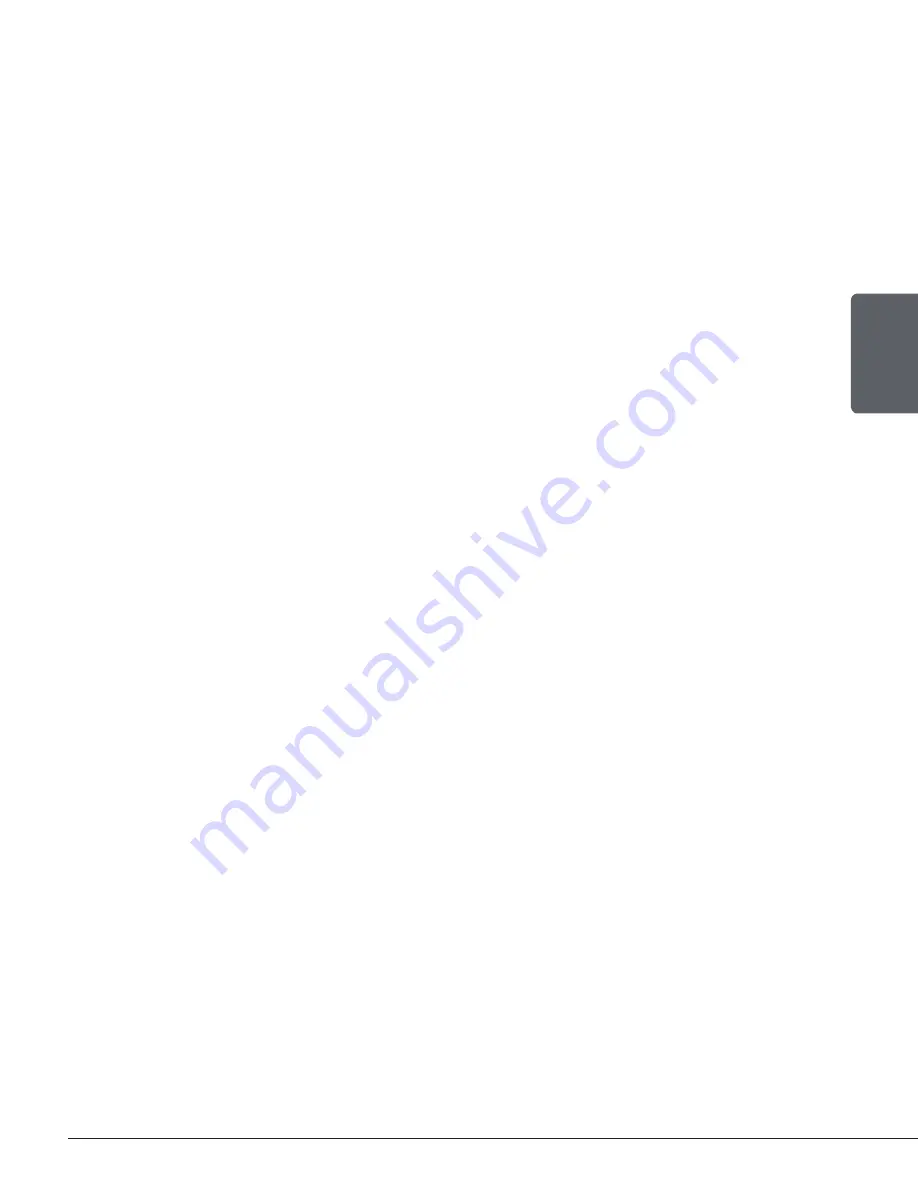
Page 45
Installation and Operation Manual - 1700
ENGLISH
• Galvanized flue pipes must not be used because the coatings vaporize at high temperatures and
release dangerous gases. Use black painted flue pipes.
• Flue pipes must be at least 24 gauge in thickness.
• Flue pipe joints should overlap 1 ¼" (30 mm).
• Each joint in the assembly must be fastened with at least three screws.
• The assembly must make allowance for expansion: elbows in assemblies allow for expansion;
straight assemblies should include an inspection wrap with one end unfastened, or a telescopic
section.
• Minimum upward slope towards the chimney: ¼ in/ft. (20 mm/m).
• One end of the assembly must be securely fastened to the flue collar with 3 sheet metal screws and
the other end securely fastened to the chimney.
• There must be provision for cleaning of the pipes, either through a clean out or by removal of the
pipe assembly. Removal of the assembly should not require that the stove be moved.
• The male ends of the sections must be oriented towards the appliance so that falling dust and
condensation stay inside the pipe.
• A flue pipe must never pass through a combustible floor or ceiling or through an attic, roof space,
closet or concealed space. Where passage through a wall or partition of combustible construction
is desired, the installation shall conform to CAN/CSA-B365, Installation Code for Solid-Fuel-Burning
Appliances and Equipment.
• A straight up connector assembly needs either a telescopic length or an inspection wrap (pipe
coupler) to allow it to be assembled and disassembled without moving the stove.
• A straight flue pipe assembly offers the least restriction to gas flow and results in a stronger draft.
Straight assemblies also need less maintenance because there are no corners to collect creosote.
• The chimney connector must be clean and in good condition.
Summary of Contents for 3500
Page 2: ......
Page 6: ...Page 6 Installation and Operation Manual 1700 ENGLISH Certification Plate ...
Page 63: ......
















































